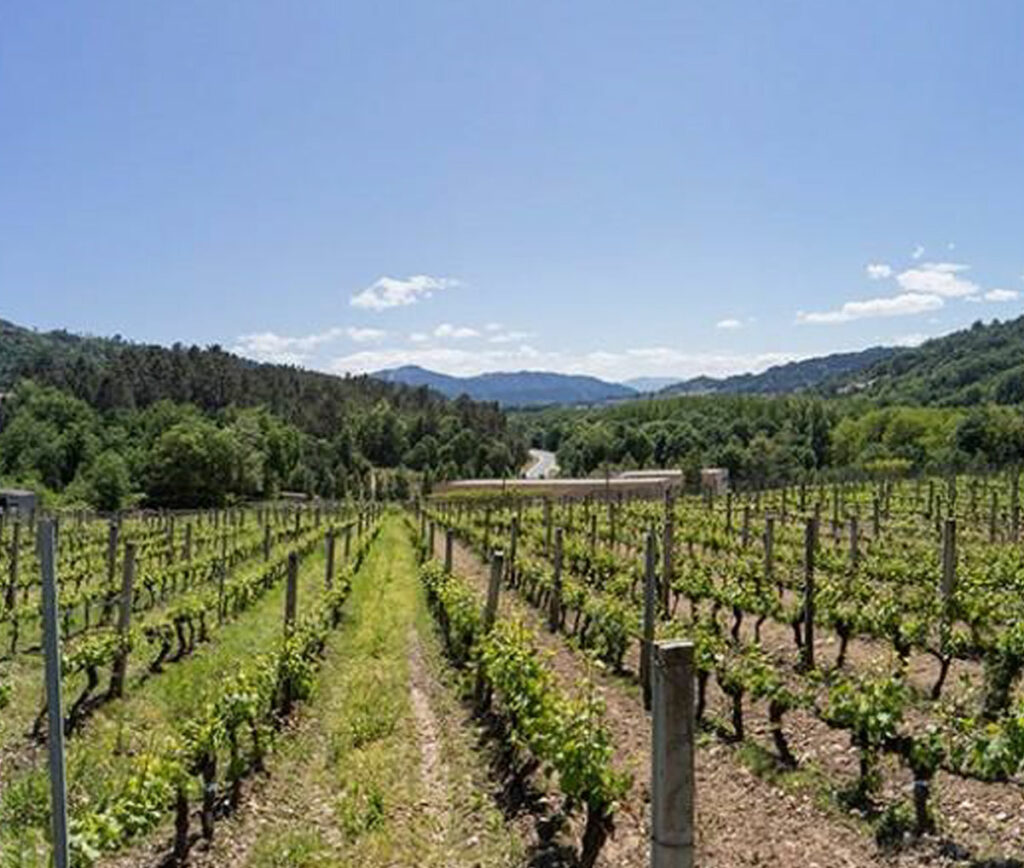Our experience in Artificial Intelligence
cinfo is composed of a team of specialists in the development and application of Artificial Intelligence solutions for video images. cinfo has developed its own automatic production and streaming product with sports at the forefront of its focus, using Artificial Intelligence techniques and analysis of live images. The system monitors the game, performs predefined actions based on specific game actions taking place (penalties, free kicks, serves in tennis or volleyball, timeouts, etc.) and decides between the different cameras available to get the best shot to broadcast of the play.
In addition to solutions in the sports field, cinfo also has solutions for smart cities, logistics, ports and car parks, hydrographic control, retail and shops and beaches.
At cinfo we cover all phases of the development of an Artificial Intelligence solution; from the design, data collection and model training, to its subsequent validation and continuous improvement. For each project we develop, we work hand in hand with the client to bring together the latest techniques and state of the art of Artificial Intelligence to the whole experience of each specific field of the project, to achieve the optimal result.
Our solution is not only based on applying Artificial Intelligence techniques to images. We have developed an orchestration architecture that allows us to optimize the use of the cameras necessary for the project. On one hand, our system performs an elastic deployment of only the necessary servers for the application of Artificial Intelligence algorithms, reducing the cost. On the other hand, we can apply different algorithms to each camera at specific times of the day so you could apply a certain algorithm in the morning and a different one at night
cinfo projects
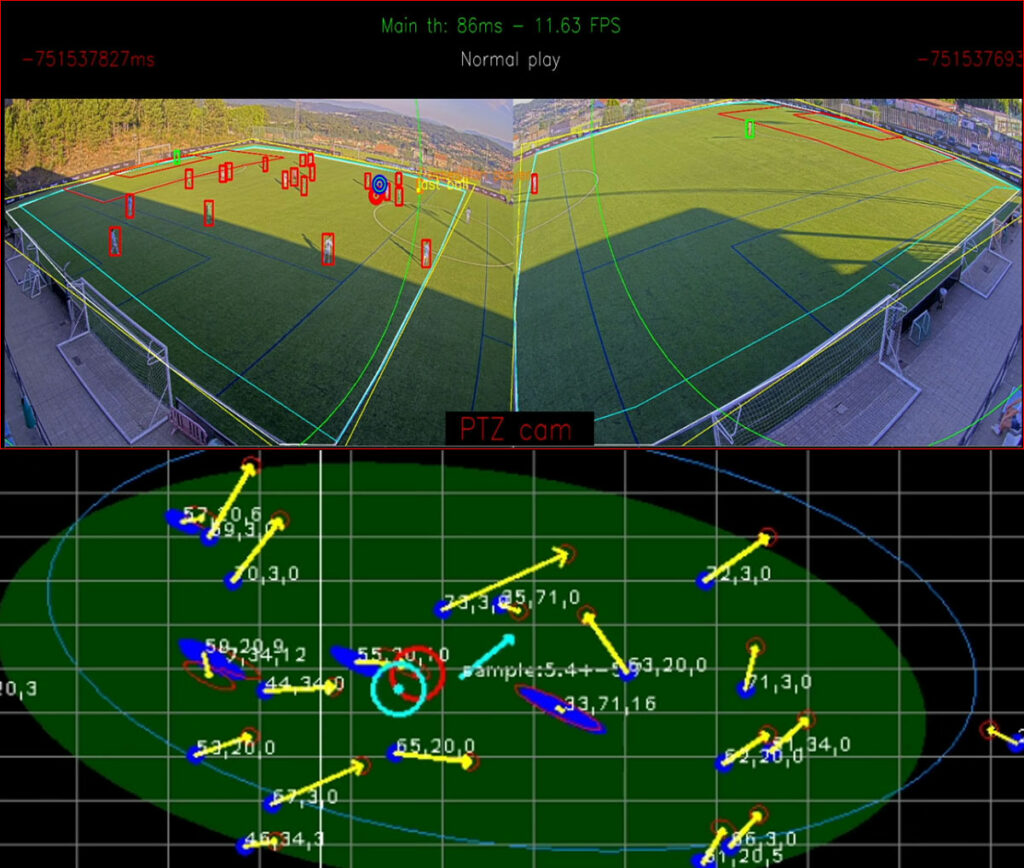
AI for automatic production. tiivii
Our AI solution allows us to track matches for broadcast production as if it were done by a human. The camera follows the game in the position of the field where it is taking place, performs predetermined actions based on specific actions of the game (penalties, free kicks, serves in tennis or volleyball, timeouts, …), adds advertising at certain times, and decide between the different cameras present in the facility which to broadcast at each moment.
AI for online classrooms
Through AI, it is possible to improve the experience of remote/online classes or presentations of students or online viewers. AI techniques follow a teacher or speaker through the class or stage, giving a much more authentic experience to those participating online. We no longer have to limit ourselves to watching someone sitting in front of a computer the face of a sitting person, but we can follow the speaker around the room. The solution can be combined with screenshots of any presentation or board, and broadcast through any videoconferencing system to achieve total interactivity between teachers, speakers, students and spectators.
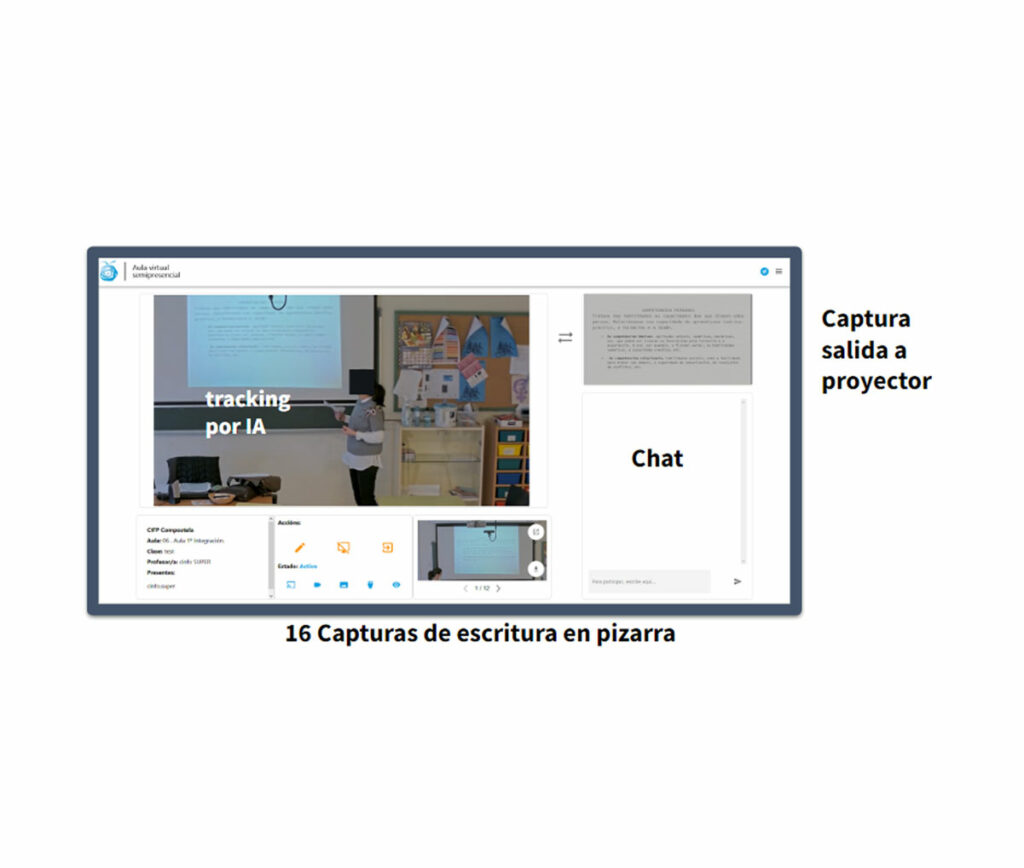
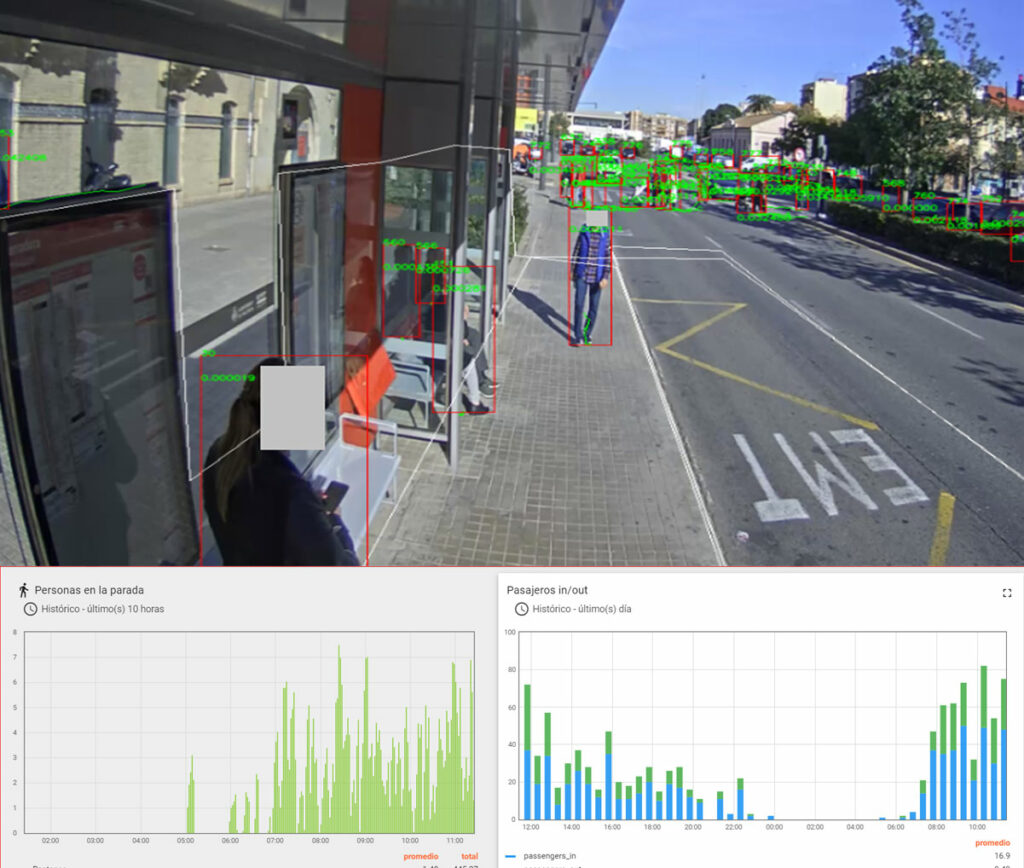
AI for public transport canopies
This vertical of the AI solution is aimed at optimizing urban transport routes. The system is able to calculate the number of people waiting at a bus stop and how many people get on and off each line, in order to make decisions about their actual use and citizens’ needs. Moreover, it can also detect the presence of cars double-parked, activating recordings and alarms. Furthermore, cinfo can provide a comprehensive project, supplying the canopy itself as well as screens to provide local information.
AI for crosswalks
Our AI system allows us to detect the presence of pedestrians and activate light or sound signals to warn cars nearby. It also makes it possible to detect dangerous situations and notify a control center when they take place.
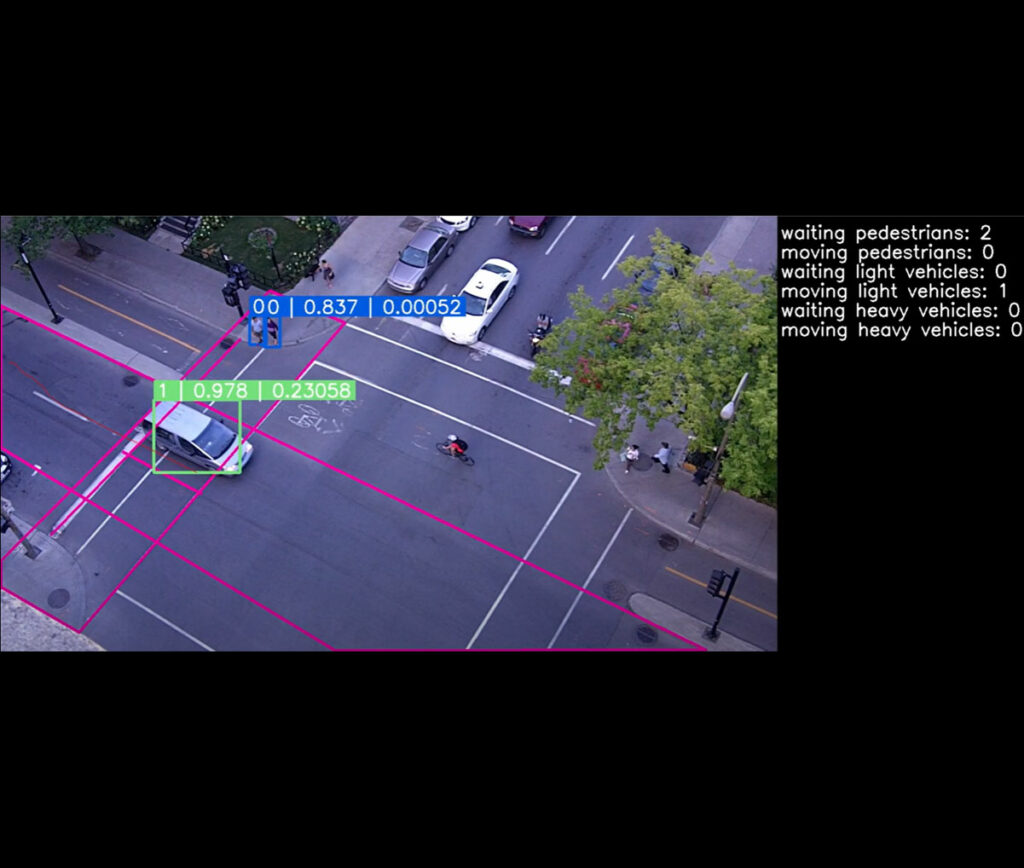
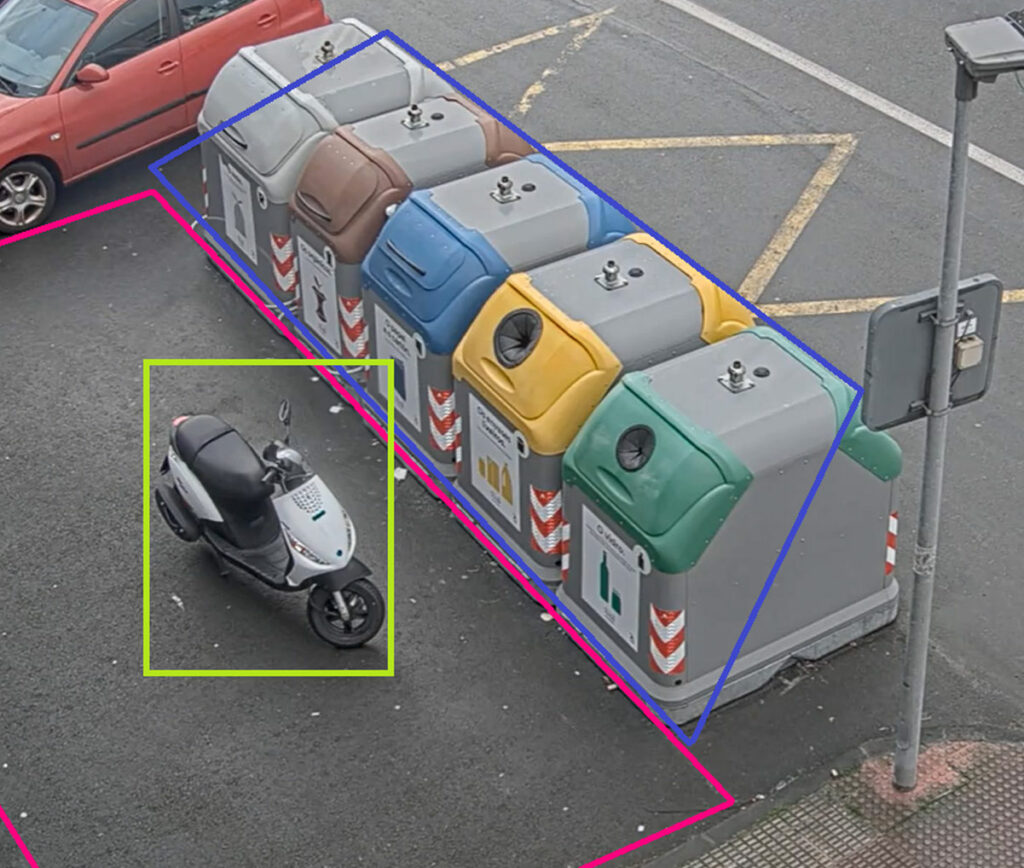
AI for abandoned garbage detection
Our AI allows us to detect the presence of any object in a given area. In this case, the system detects the presence of any abandoned object in the proximity of a container. That way, if a person does not deposit the garbage correctly, the system records a video of that action.
AI for beaches
The combination of different AI functionalities give us the ability to detect different situations throughout the day: have updated information on the occupation of the beaches, detect garbage or objects abandoned in it, detect the presence of people in prohibited areas or at unauthorized hours, etc. In this way we can increase their safety, model the occupation of the beaches, etc. Our system can also be integrated with atmospheric conditions IoT systems to improve the information provided by the system.
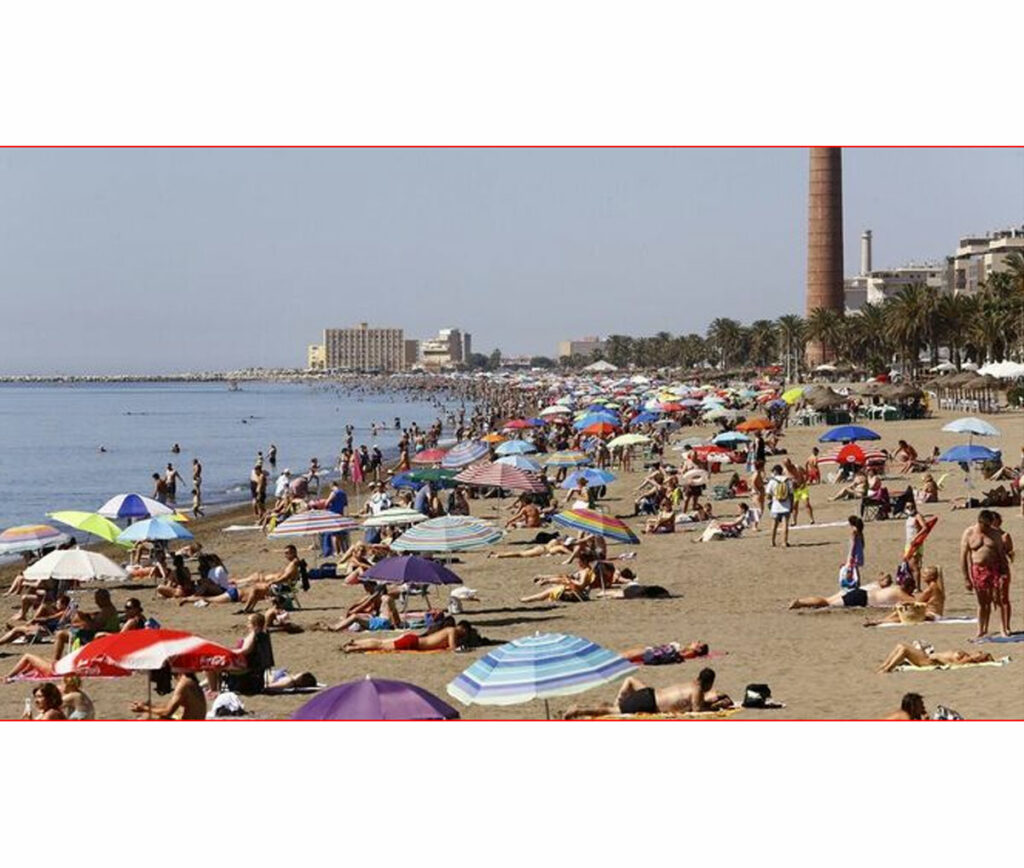
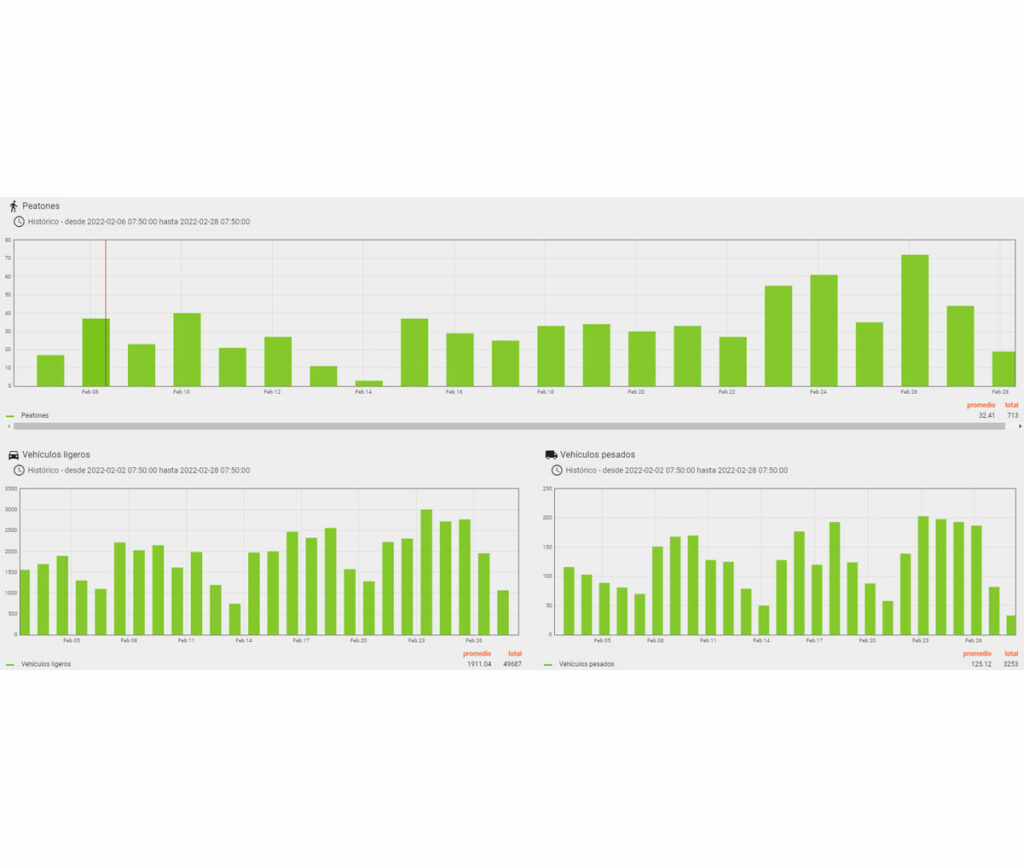
AI for traffic modeling
This AI solution allows us to have all the necessary information to model the traffic of a city, a road, accesses, etc. This development provides information on the type of vehicle (light, heavy, bus, motorcycle, bicycle, taxis, tram, pedestrian, etc.), the number of vehicles of each type, the direction of travel, etc. All this information is presented in a digital dashboard for the client to know what happens with the traffic in their city in real time, and make the most appropriate decisions to improve it.
AI for ports
cinfo has developed an adapted version of our AI for ports. A common problem is to know the mooring time of a boat. Thanks to AI, you can have the exact information of the time that a boat has been moored automatically without having a person doing that work and avoiding deception. It is also used to detect the presence of people or boats in prohibited areas or outside the allowed hours and launching the corresponding alarms, or to simply count the number of boats present at the dock and be able to know the exact occupation by hour, day or month.
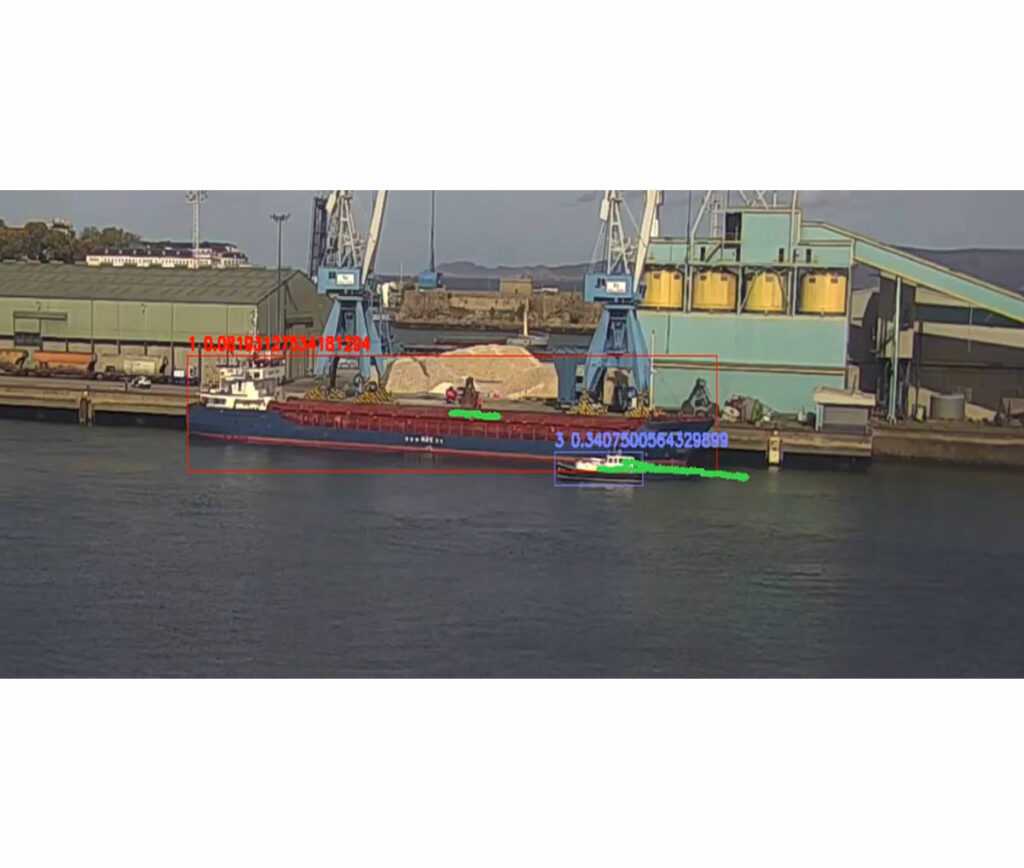
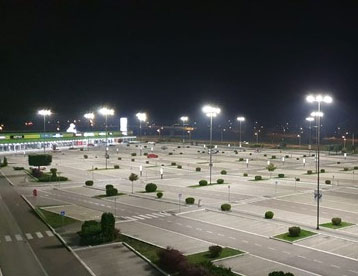
AI for parking control
Like AI for ports, we have a solution for parking that allows us to count the number of vehicles in the car park, know how long each vehicle is parked, occupancy, and automatic opening of barriers for subscribers.
Solutions have also been developed to detect poorly parked cars, double-parked or in prohibited places, or the detection of parking of heavy vehicles or caravans in places where they are not allowed.
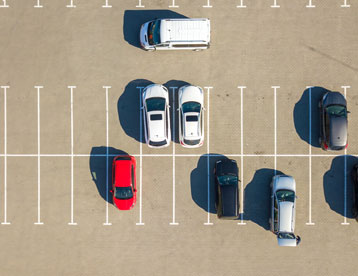
AI for logistics
The application of AI algorithms is used for the detection of forgotten packages in the loading area or in the vehicle itself during the unloading process, and notifying those responsible to avoid any error in the loading and unloading process. We are also able to count all packages loaded or unloaded from a vehicle, as well as launch warnings when low-security situations (access to prohibited areas, access after hours, etc.), or inappropriate and suspicious behavior is detected.
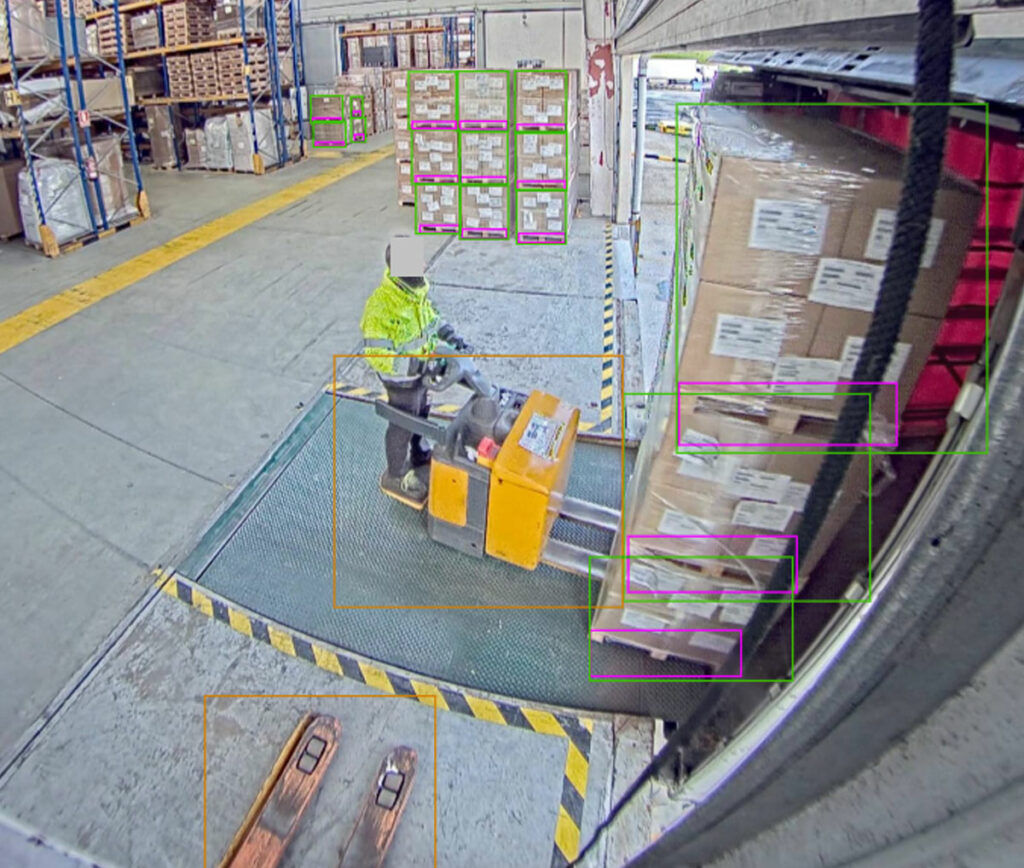
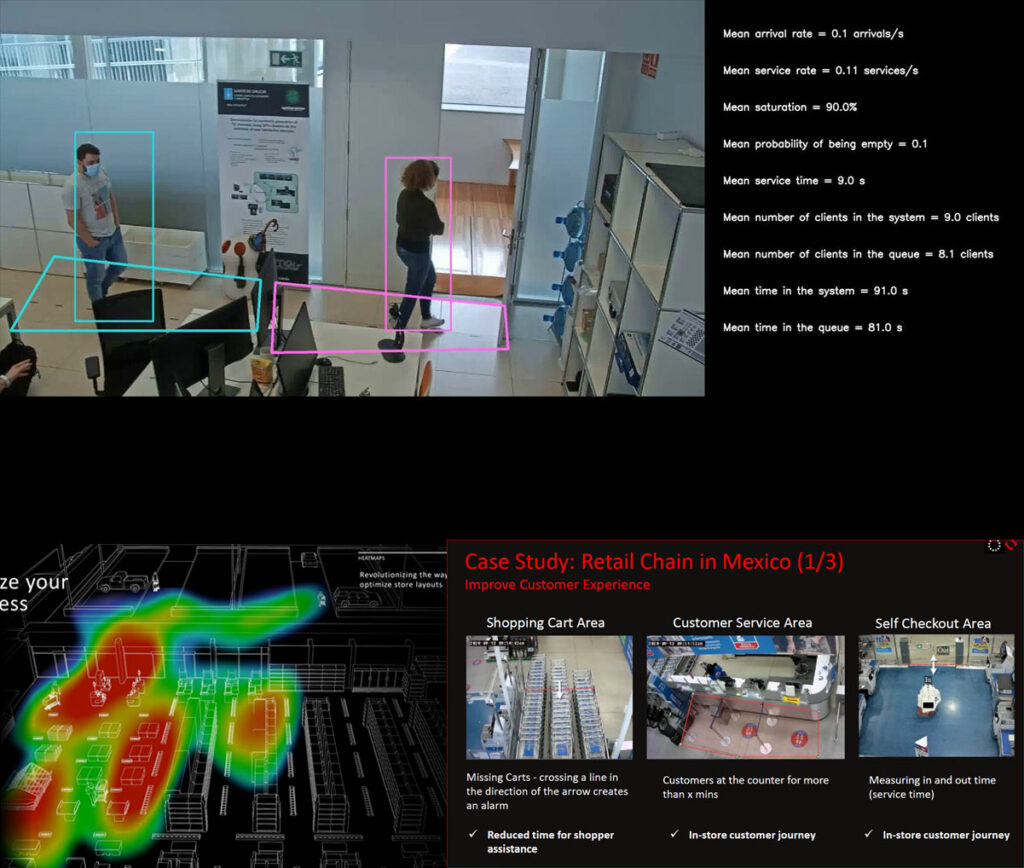
AI for stores
AI can go a long way in helping stores improve their sales, learning from customer behavior. The AI can determine which is the most common route customers follow through the store, make heat maps of the most common areas in order to improve product placement in stores. AI also allows us to obtain information about times of greater customer spending, occupation, receive alarms when queues are too long (payment counters, fitting rooms, …), access control of restricted areas in the store, control of employee rest time, and even have inventory control and loss of objects.
AI for vehicle yards
The AI applied to vehicle yards can be used to keep complete track of each vehicle that is in the yard. We can keep track of each vehicle throughout the entire time it is in the enclosure, make a map of where it has been and know how long. It will also allow us to have a vehicle count and occupation of the yard, as well as to have an occupancy model by period of time.
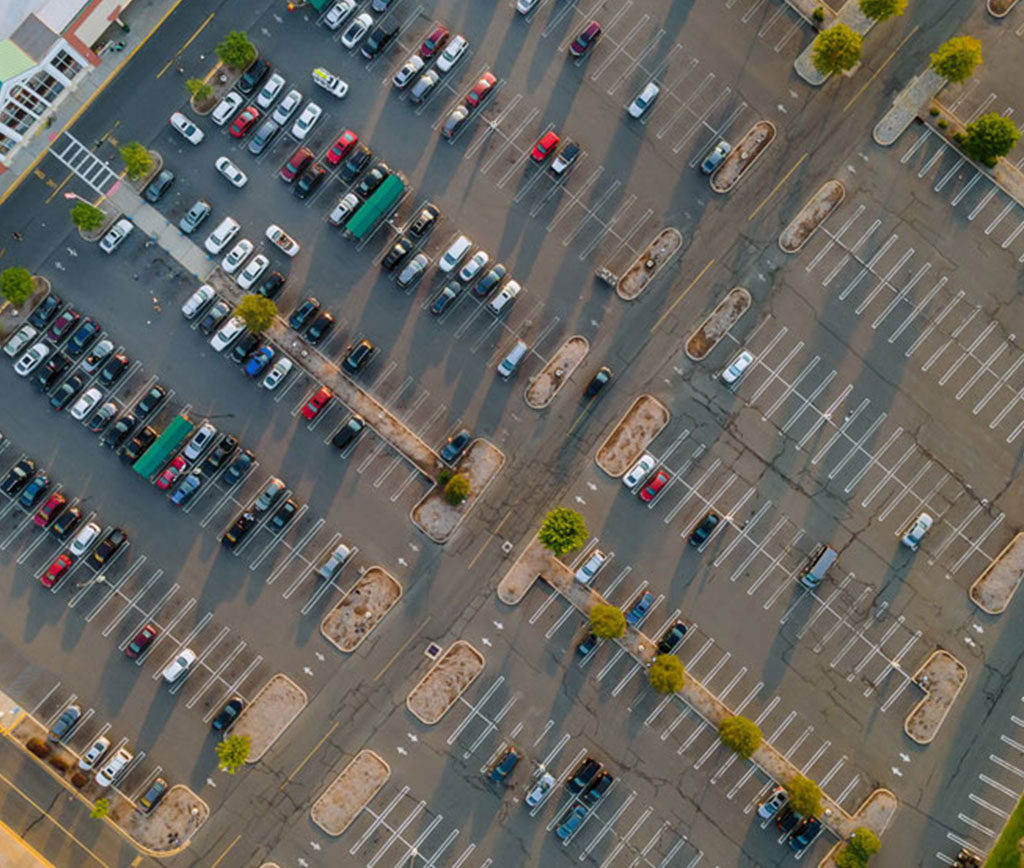
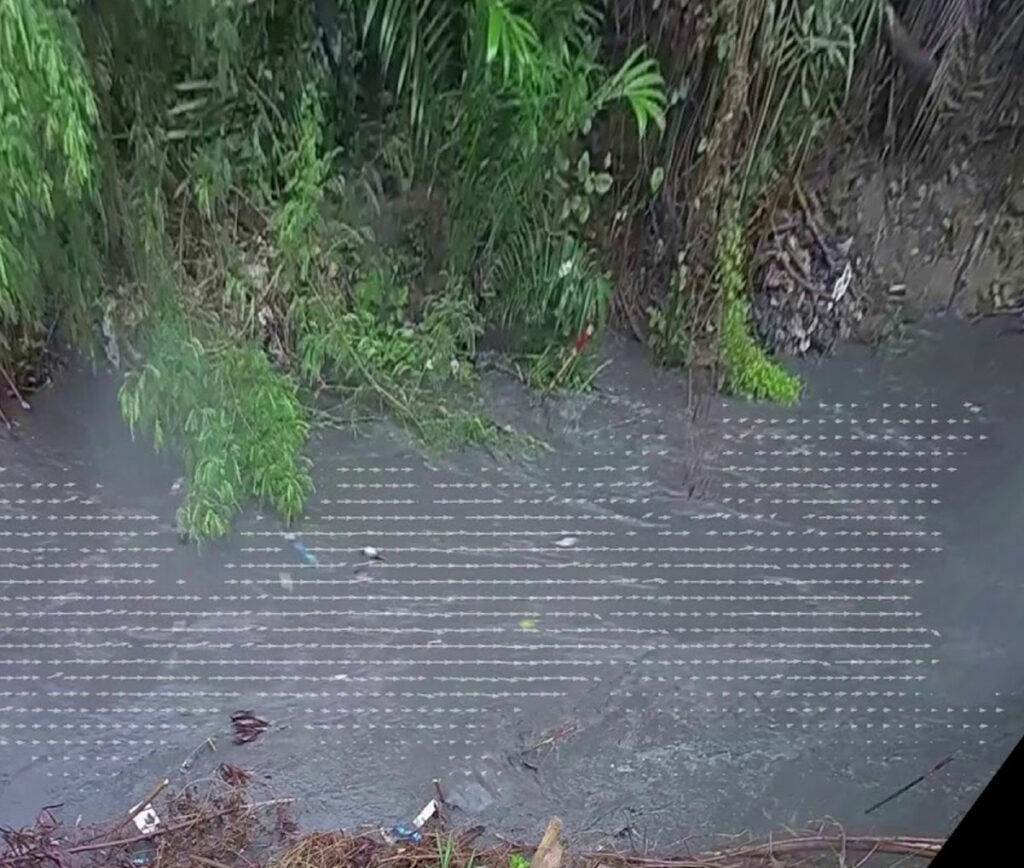
AI for hydrographic control
Through AI we can detect water velocity, water level or detect objects on the surface that can cause obstructions in water circulation. With all this information, a modeling of the water flow over a period of time can be made. Our expertise would also allow us to integrate sensors alongside AI detection, to give users more detailed information.
AI for agriculture
AI algorithms combined with geographic information systems (GIS), sensors, communications networks and big data, are capable of making epidemiological models that are used in the prevention of vine diseases. The project calculates when is the best time to apply different treatments to the vines to prevent the appearance of pests, and thus optimize production and improve environmental sustainability. The project is completed with a website for the visualization of different dashboards with the information obtained.
